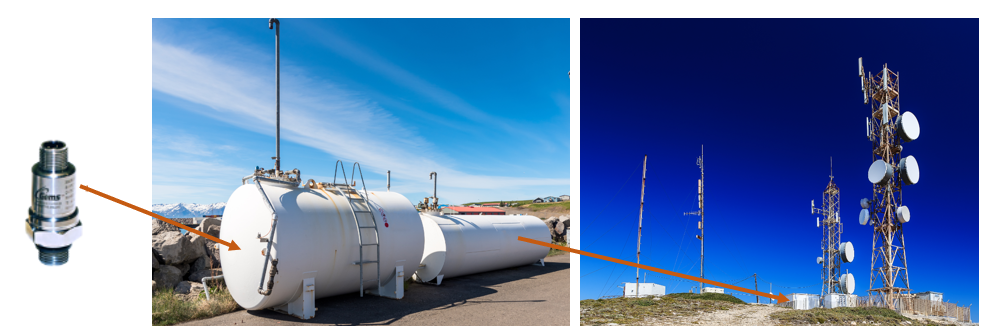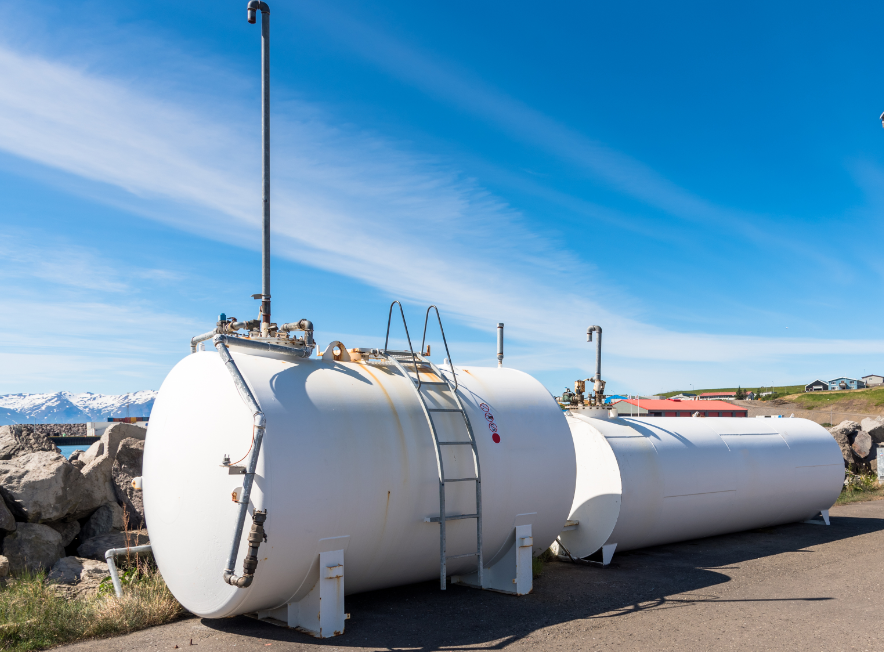Warm-up time for pressure sensors is a characteristic defined as the amount of time needed for the sensor to produce an output AND be within specification. As a pressure sensor is activated via the supply voltage, it will be able to produce an output quickly – say within 1 to 5 milliseconds. But there will be some error initially.
Why is there an initial error?
Inside the pressure sensor, there are numerous components and systems all working together to transform the measured pressure of the media (fluid, gas, air, etc.) into an electrical output (0-5V, 0-10V, 4-20 mA, etc.). One of those systems is a temperature sensor circuit. Pressure is affected by temperature and as temperature rises and falls, it can skew the pressure readings which lead to on incorrect output. It is important for the pressure sensor to know what the temperature of the media is so that it can compensate. This temperature circuit determines the temperature at the application, sends the data through and algorithm and makes adjustments so the output matches the measured pressure as accurately as possible.
What are some of Gems’s pressure sensors warm-up time?
Chart of typical response and warm-up times of common Gems Pressure Sensors:

Why is this important?
For many applications, the sensor is powered up all the time and constantly measuring pressure, so the short warm-up time is not critical.
However, one of Gems growing markets is Remote Monitoring. An example of remote monitoring would be a diesel tank out in a field (or location that is far from power and communication lines) that can provide fuel to a generator to power a remote cell tower. The pressure sensor will be installed at the bottom of the tank to measure the tank level and periodically send the fuel level readings to a central data gathering office. The fuel level system will be powered by either a long-lasting battery or via a solar panel. This way the fuel level is a separate system than the generator for backup.
In order to conserve the battery (or use less solar energy), the system will only be turned on and active occasionally. It might be once an hour for 100 milliseconds or even once a day for 50 milliseconds. With this short active turn-on time, it is beneficial to have a pressure sensor measuring device that can be ready to provide an accurate output very quickly. The Gems 3500 pressure sensor series has a warm-up time as short as 25 milliseconds. With that, the fuel level system can power up, take a reading after 25 milliseconds and then shut down to conserve power.

Summary:
Having a pressure sensor that can respond quickly to pressure changes as well as accurately provide data upon power-up makes the customer’s application more stable and reliable. Using the Gems 3500 series pressure sensor for tank level applications can address these characteristics.
Markets:
Adjacent Products:
 SEARCH OUR RESOURCE CENTER
SEARCH OUR RESOURCE CENTER

